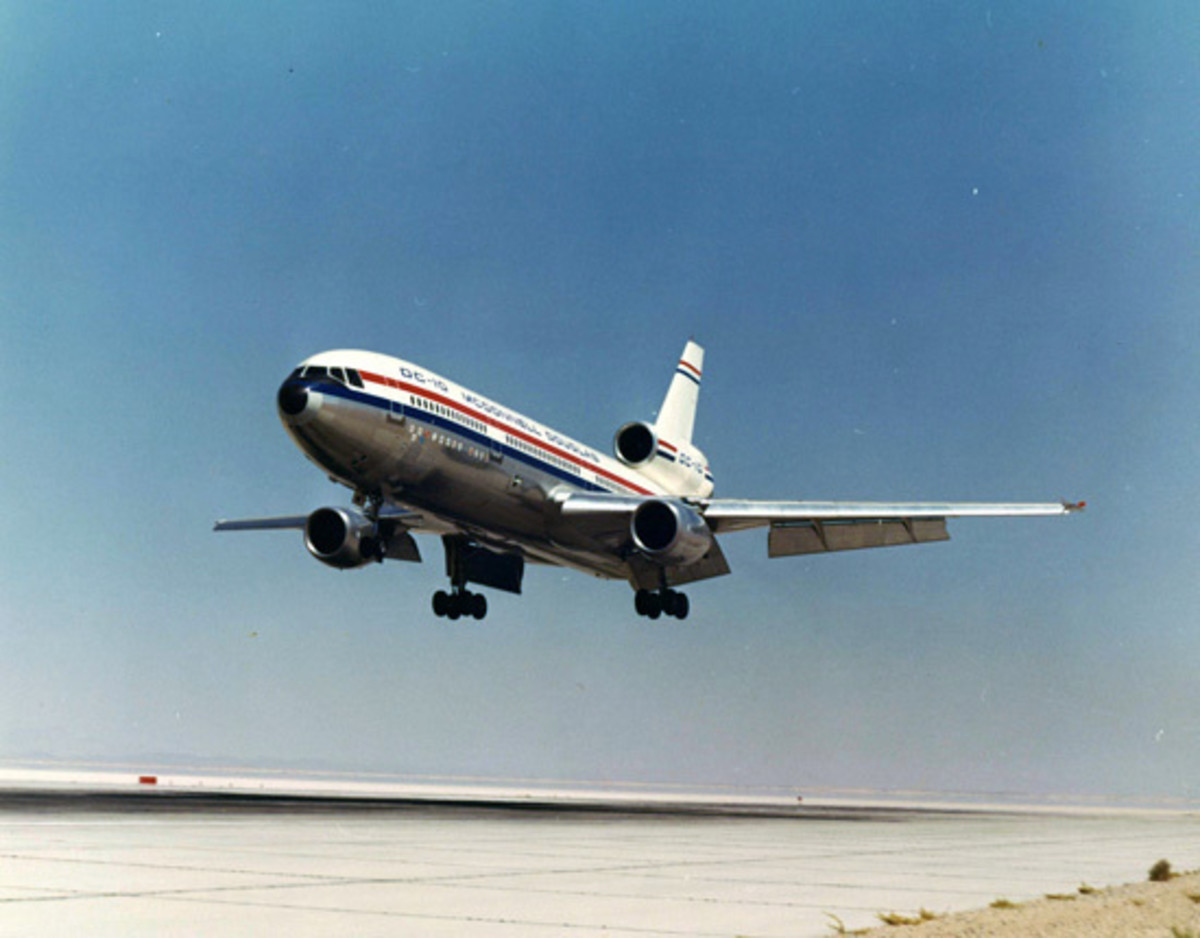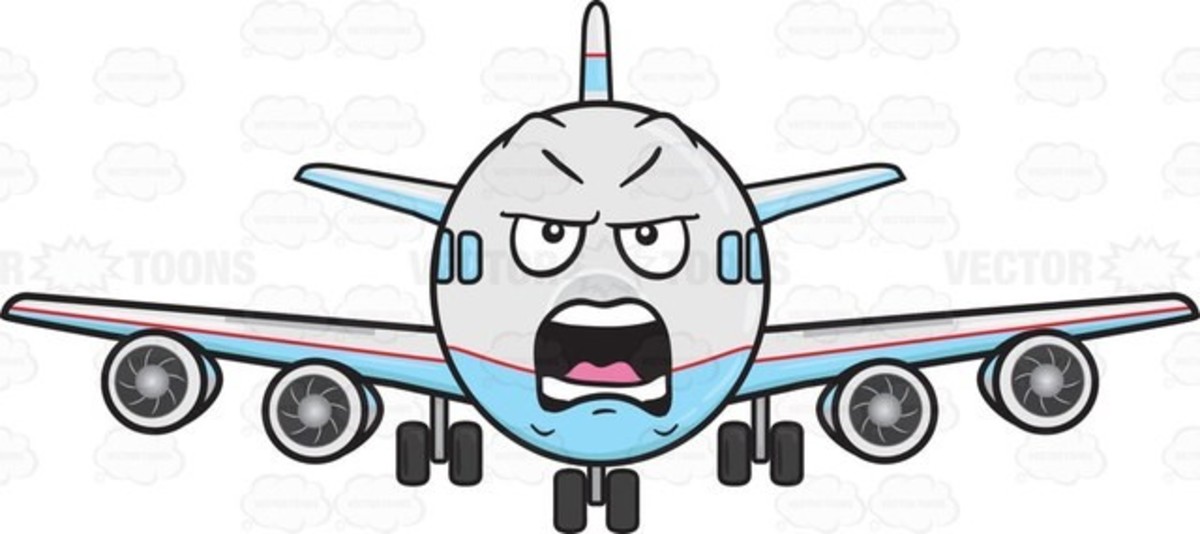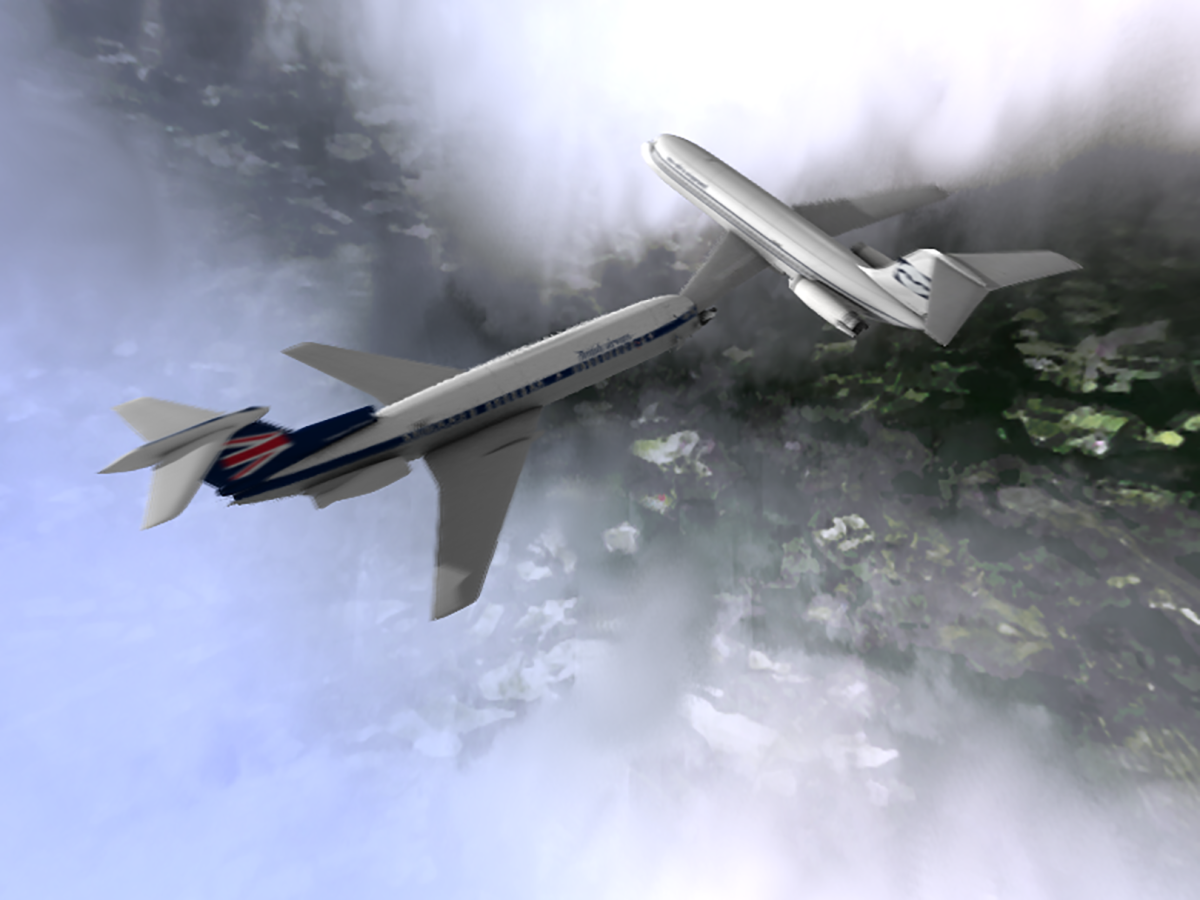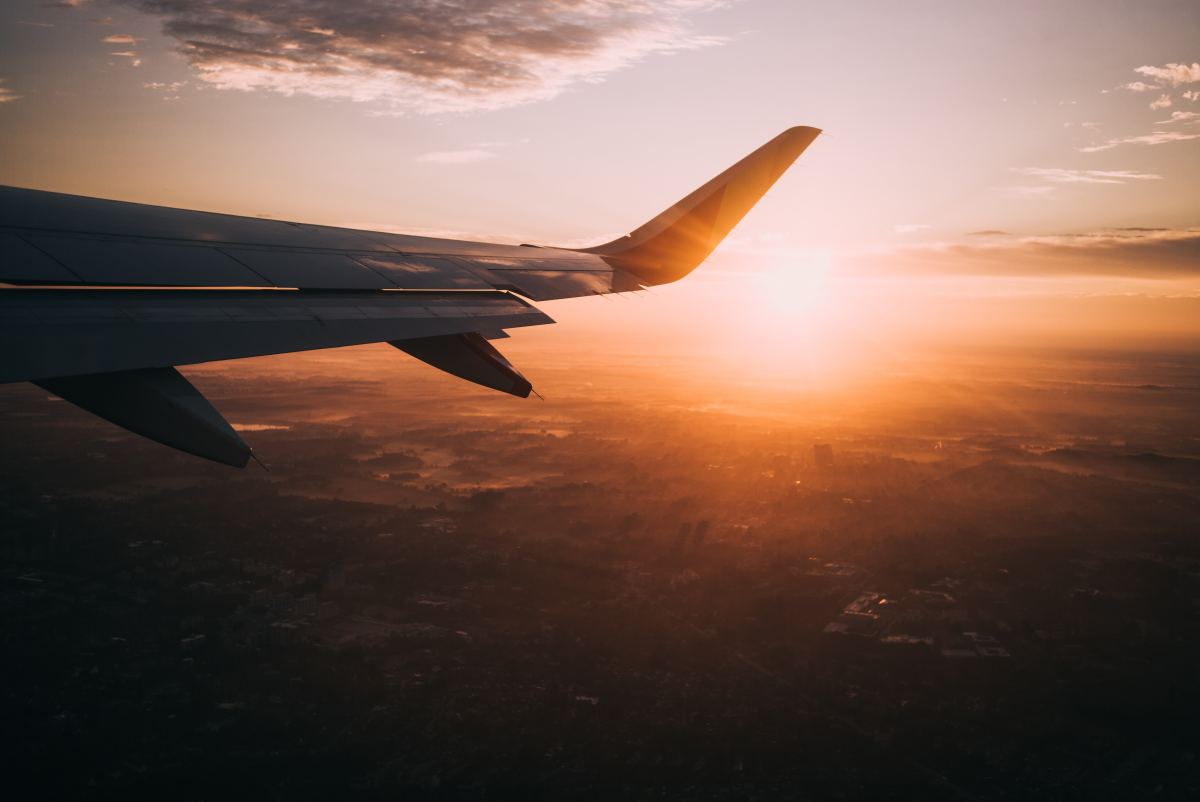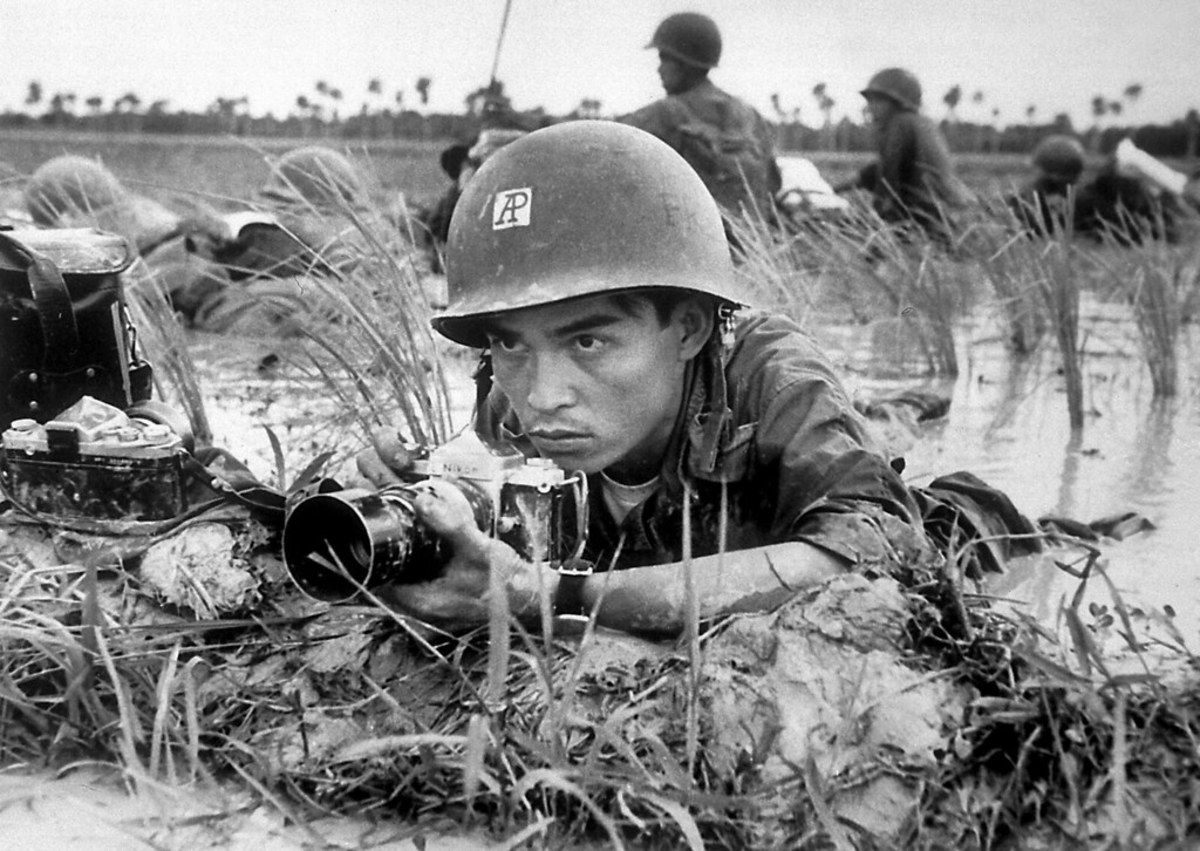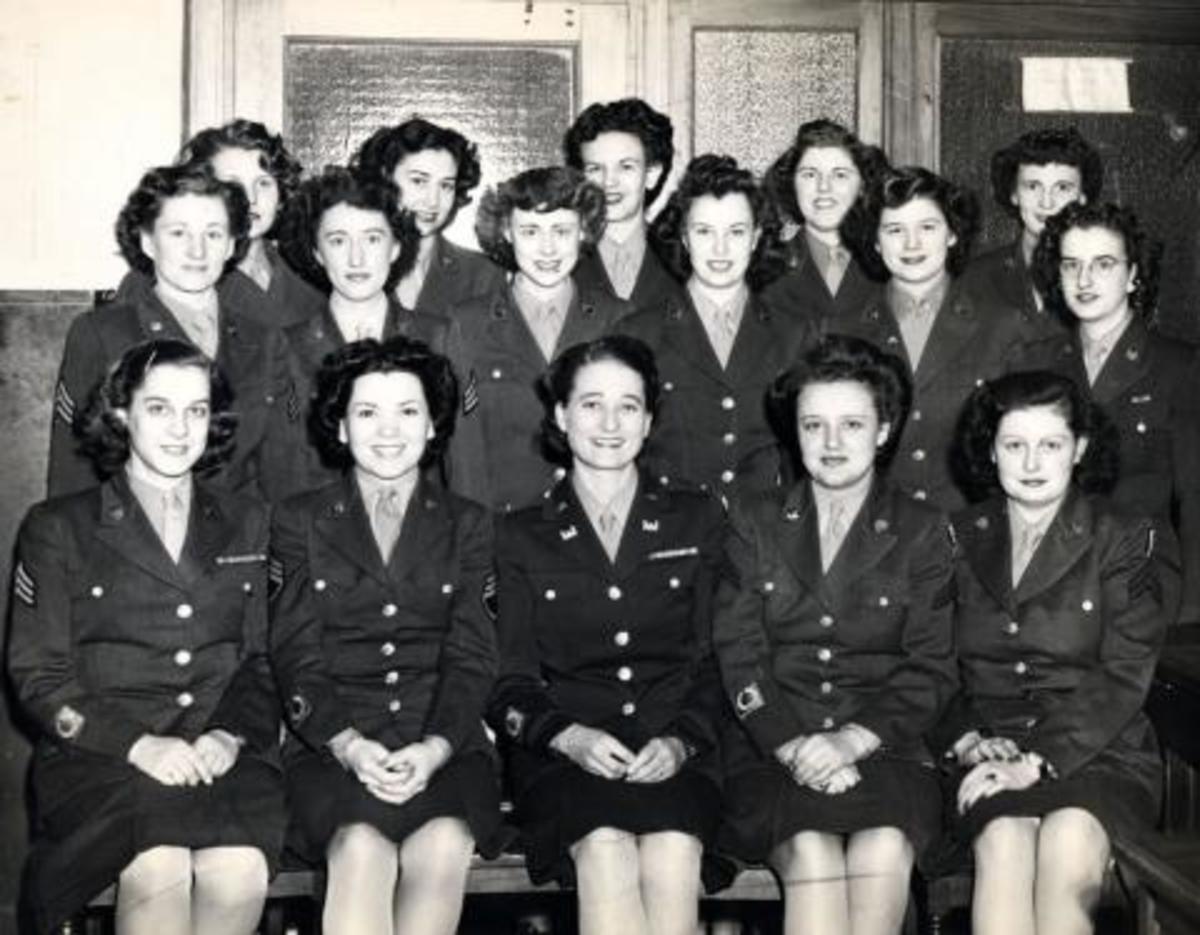- HubPages»
- Education and Science»
- History & Archaeology»
- History of the Modern Era»
- Twentieth Century History
Wrong Way Corrigan – NY to LA via Dublin
A Moniker that Has Endured
While not as common as it used to be, the phrase Wrong Way Corrigan is used to describe someone one whose actions result in the exact opposite of what they started out trying to do.
I first heard the expression one night at dinner when I was a child. We were helping our Mother set the table and finish getting the dinner ready when my Mother asked my brother to get some orange juice out for dinner and he promptly complied by taking a can of frozen OJ from the freezer and setting it on the table. Of course she meant for him to get it out, mix it in a pitcher and place that on the table. Describing him as being a wrong way corrigan, she proceeded to mix the juice herself. Not knowing what a wrong way corrigan was, she explained that he was a fellow who set out to fly an airplane from New York to California and ended up in Ireland.
Perplexed and intrigued, we continued questioning trying to find out how someone could be so stupid as to fly a plane in the exact opposite direction. What had started out as an off hand comment using a common expression was suddenly becoming a rather complicated exchange which was also interfering with my Mother's attempts to finish getting the dinner ready. At this point my Father stepped in and explained that back in the 1930s a fellow named Corrigan wanted to fly to Ireland but the nannies at the FAA (Federal Aviation Administration) in Washington felt it was too dangerous and refused to let him make the flight so he filed a flight plan for California and then took off and flew to Ireland.
First Flight Led to Lifelong Love of Aviation
Douglas Corrigan was born on January 22, 1907 in Galveston, Texas. His father was a construction engineer whose work required the family to move frequently. His parents eventually divorced and Douglas spent a few years alternating between one parent and the other. He finally ended up as teenager living with his Mother in Los Angeles.
One Sunday afternoon in October 1925 the then 18 year old Corrigan happened to visit a local airfield where he watched a pilot offering people rides, for a fee, in his Curtiss bi-plane. Something clicked within Corrigan and the returned the following Sunday and talked the pilot into giving him a ride in exchange for the $2.50 that he had brought with him. This first flight hooked him on flying and he immediately began visiting the airport every Sunday to take flying lessons from the owner of the bi-plane. Five months later, in March 1926, Douglas Corrigan made his first solo flight.
The airfield in Los Angeles where Corrigan received his lessons was the Los Angeles end of the nation's first scheduled airline service which was operated by a company named Ryan Airlines which operated scheduled flights between San Diego and Los Angeles. The airline had been started by a couple of gentlemen named Tubal Claude Ryan and Benjamin Franklin "Frank" Mahoney. In addition to its scheduled air service, Ryan Airlines also included an aircraft manufacturing component at their headquarters in San Diego. Douglas Corrigan soon left the construction job he had been working in and went to work with Ryan Airlines, Inc. building airplanes in San Diego.
Later in the same year, 1926, that Corrigan went to work for Ryan Airlines at their aircraft manufacturing plant in San Diego, a young man named Charles Lindbergh showed up at the company's offices and contracted to pay $10,580 to have a plane built for him. This resulted in Douglas Corrigan having the honor of assembling the wing and installing the fuel tanks and instrument panel on Lindbergh's famous Spirit of St. Louis which, on May 21,1927, won the $25,000 prize for being the first plane to fly non-stop from New York to Paris.
Like the others at Ryan Airlines, Inc., Corrigan was thrilled to have played a part on Lindbergh's historic flight. But it also instilled in Corrigan a burning desire to fly across the Atlantic Ocean himself. Being of Irish descent, he decided that a flight from the New World to his family's ancestral homeland, Ireland, would be his goal.
Shortly after Lindbergh's famous flight, Douglas Corrigan left Ryan Airlines and ended up applying his flying and mechanical skills with a number of other companies around the country. In October of 1929 he passed the FAA (Federal Aviation Administration) transport pilot exam and obtained his transport pilot's license which allowed him to fly passengers for hire.
Corrigan Defies the FAA and Becomes a Hero
By 1933 he purchased a second-hand OX5 Robin monoplane with $325 he had saved. Whereupon he immediately began modifying it for a transatlantic flight. In 1935 Corrigan felt his plane was ready for the flight and applied to the FAA for permission to fly from New York to Ireland. However, the mandarins at the FAA in Washington turned him down saying his plane was not fit to make the flight. Over the next two years Corrigan continued to make modifications and changes to his plane but, despite these improvements the FAA continued to deny his request.
Despite having invested over $600 in additional funds (this was at the height of the Depression) and untold hours of time, the FAA continued to withhold permission to make the flight.
With his patience at an end, Corrigan set out in his plane on July 9, 1938 from California and bound for New York City. As required, he had filed and received permission for the transcontinental flight from California to New York and had also received conditional permission for the return flight to California. Shortly after arriving at Floyd Bennett Field in Brooklyn, New York he filed a flight plan for a return flight from Brooklyn back to Long Beach, California on July 17, 1938.
With full fuel tanks, he took off at 5:15 on the morning of July 17th heading east down the 1,400 yard runway. To the surprise of those on the ground at that early hour, his plane, after lifting off the runway, continued eastward rather than turning and heading west as planned. Since his plane had no radio, it was impossible to contact him and order him to turn around. Twenty-eight hours and thirteen minutes later, he landed at Baldonnel Airfield in Dublin, Ireland.
Upon landing, he claimed that a malfunctioning compass and fog had caused him to head east rather than west. Despite being taken into custody in Dublin and questioned by the authorities, he refused to change his story. To his dieing day he continued claim that his arriving in Ireland rather than California had been the result of fog and compass malfunction. Of course, no one believed him.
While the nannies at the FAA had a fit - as politicians and bureaucrats always do when they feel they don't have control over everything - the public, on both sides of the Atlantic, went wild with their admiration over the victory of this David over the government Goliath. With the public 100% behind Corrigan, the FAA, in a face saving measure born out of desperation, punished Corrigan by suspending his pilot's license for two weeks which, not surprisingly, coincided with the time it took Corrigan to sail back to New York where he received a hero's welcome that included a ticker tape parade down Broadway to the cheers of over a million people who lined the parade route.
Upon his return to California, Douglas Corrigan published his autobiography titled That's My Story in 1938 and played himself in the movie version of the book, The Flying Irishman, which was released in 1939. During World War II Corrigan flight tested bombers for the U.S. Army Air Corps and flew with the U.S. Army Ferry Command which ferried war planes from factories to their assigned air bases. In 1950 he left the public eye and flying to purchase an 18 acre orange grove in Santa Ana, California. He didn't know anything about growing oranges, but observed his neighbors and soon was able to make a living growing them. Douglas Corrigan died on December 9, 1995 still insisting that a navigation error had caused him to land in Ireland.
Douglas Corrigan was not some daredevil on an ego trip and, contrary to some reports, did not set out to do this as a publicity stunt. He was following his dream and, if the government hadn't tried to block him, he probably would not have gained any more attention than those who have gone over Niagara Falls in a barrel. True, he took advantage of the publicity when it was offered, but that was the result of the FAA's unwarranted refusal to let him make the flight.
Douglas Corrigan's fame was the result of the fact that, despite his being both an experienced pilot and airplane mechanic, and despite his repeated attempts from 1935 to 1938 to comply with the government's red tape and obtain the permission he needed to make the flight legally, the mandarins in Washington refused. So, he turned the tables on them. Transatlantic flight in the 1930s was becoming more common but was not yet a daily event. Fog is common on the ocean and its presence does block ones view, while compasses do occasionally malfunction. Strangely, I was unable to find any report of officials checking his compass see if it actually was malfunctioning. Having navigated the Atlantic Ocean myself as a navigator on a larger plane with far more instruments than a simple compass as well as continuous radio contact, it is difficult to believe that he could have made the flight without a working compass (with no reference points and constantly changing winds he could have easily found himself flying north or south in the middle of the Atlantic with Europe on one side and the New World on the other). The public obviously saw through his rouse and that was his appeal - he had beaten the controllers at their own game and made them look like fools. So why did Corrigan continue to stick to his story until his death? I suspect that he was a man of character who looked upon lying as wrong and didn't want admit that he had been forced to compromise his principles when dealing with the mindless welfare state.


